Unit 2 Looking at Living Things
Unit 7 Living Things and Air
Topic
Is yeast a living thing?
Curriculum Link
2 Looking at Living Things (Characteristics of living things)
7 Living Things and Air (How do living things obtain energy and respire)
Estimated Lesson Time
80 minutes
Introduction
There is a wide range of uses of yeasts, such as baking bread and wine fermentation. Since yeasts usually come in powder form, many people do not recognize yeasts as living things. Yeasts in fact are microorganisms and so, like animals and plants, yeasts need respiration to support life. Sugar is a kind of nutrition that yeasts can take in to produce energy for supporting life. During the process of energy production, carbon dioxide is released.
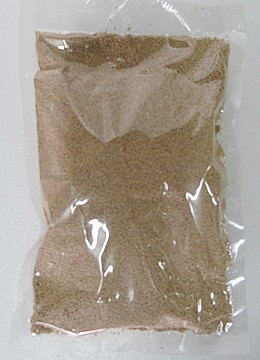
Yeasts in powder form
Key question
Yeasts do not look like either an animal or a plant. Is yeast a living thing?
Learning Objectives
In this activity, the students should be able to
- identify some of the characteristics of living things through observation;
- infer that living things obtain their energy from the chemical energy stored in food;
- recognize respiration as the process during which the chemical energy in food is released;
- infer that carbon dioxide is produced during respiration;
- acquire planning and designing skills (SP3) in designing an experiment to observe whether respiration occurs for yeasts;
- acquire measuring skills (SP1) and experimenting skills (SP4) to perform an experiment;
- acquire interpreting data skills (SP5) in analyzing the data collected;
- acquire comparing and classifying skills (SP2) by identifying changes, if any, of respiration of yeasts when different amounts of nutrition is provided.
Teaching Plan
| Task (Time) | Brief Description | Materials | Objectives |
|---|---|---|---|
Engagement |
Teacher engages students to think and discuss about
|
(1), (3) & (5) | |
Exploration |
|
|
(2), (5) & (6) |
Evaluation |
Students analyze the set(s) of data to
|
(4) & (7) | |
Elaboration & |
|
(7) | |
Exploration |
|
(8) |
*Apparatus and materials required:
- Yeast (俗稱依士粉)
- water
- sugar
- beaker
- plastic bottle
- balloon
- timer
- spoon
- glass rod
- ruler
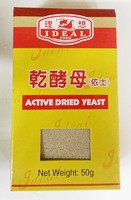 |
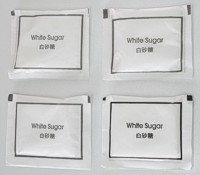 |
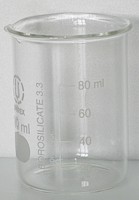 |
 |
| Yeast (俗稱依士粉) | sugar | beaker | plastic bottle |
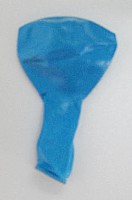 |
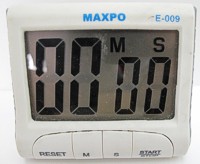 |
 |
|
| balloon | timer | spoon |


